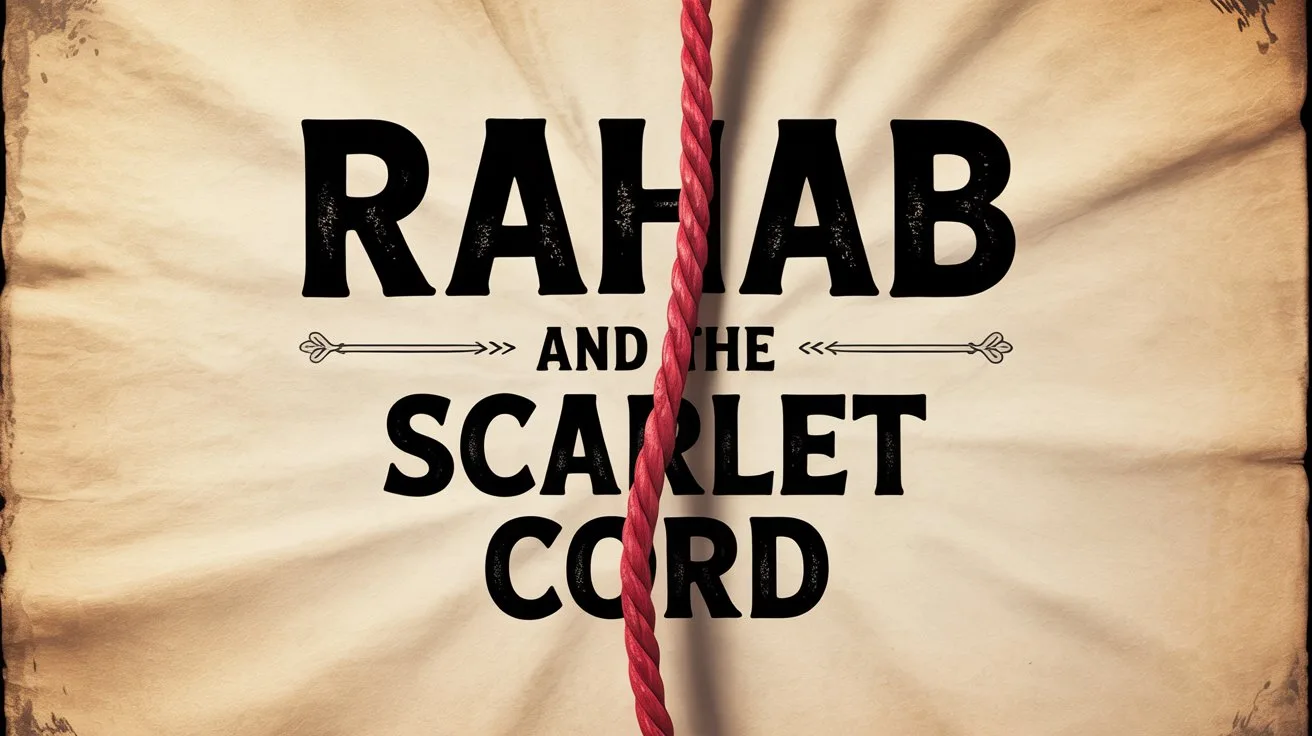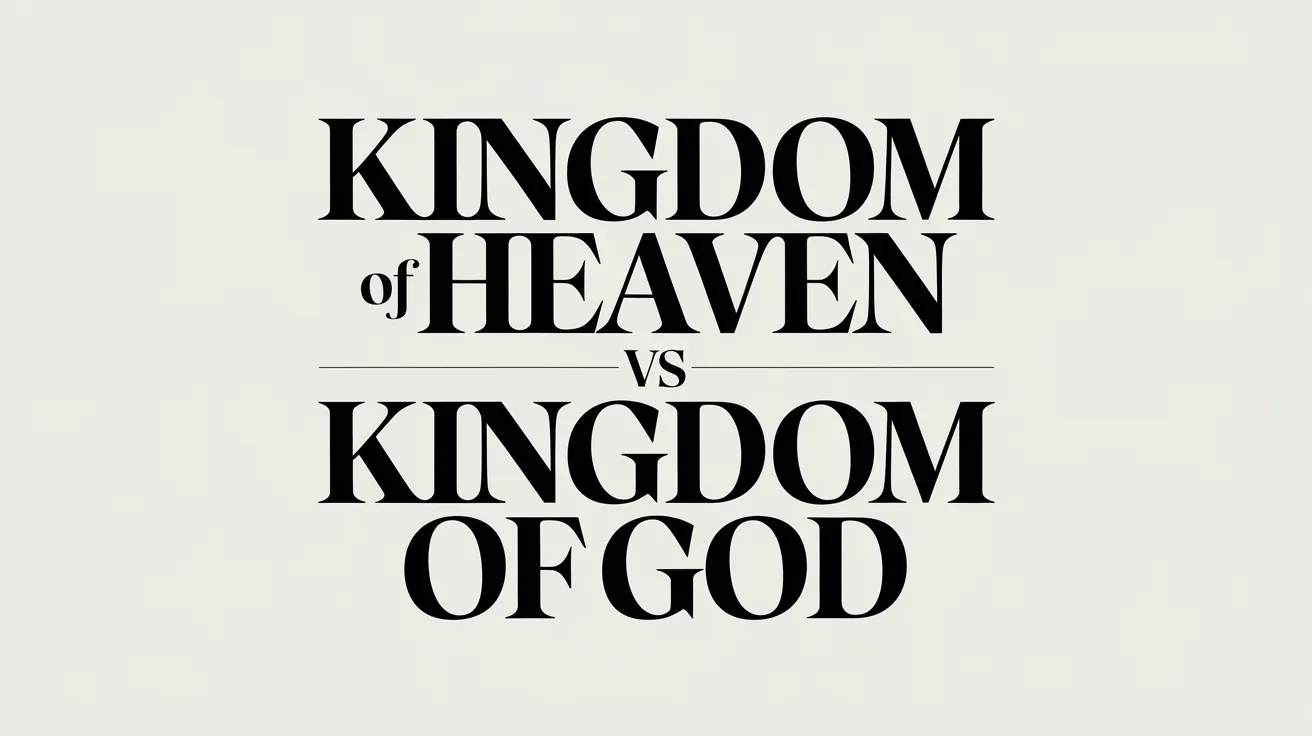The ephod was a sacred priestly garment described in detail in Exodus 28:6–14 and Exodus 39:2–7. It was worn by the high priest as part of the holy garments made for glory and beauty (Exodus 28:2). The ephod was made of gold, blue, purple, and scarlet thread, and fine woven linen, with artistic design.
It consisted of two pieces, front and back, joined together at the shoulders by two shoulder straps. On these straps were two onyx stones engraved with the names of the twelve tribes of Israel, six names on each stone, serving as a memorial before the Lord (Exodus 28:9–12).
Attached to the ephod was the breastplate of judgment, which also held twelve stones representing the twelve tribes. The breastplate contained the Urim and Thummim, used to determine God’s will (Exodus 28:30). The ephod was secured around the high priest’s waist with a skillfully woven band.
The ephod symbolized the representation of the people before God and the high priest’s role as their mediator. When Aaron wore it, he bore the names of the children of Israel before the Lord continually (Exodus 28:29).
In later passages, such as 1 Samuel 23:9 and 1 Samuel 30:7–8, David consulted the Lord using the ephod, indicating its continuing function in seeking divine guidance. However, the ephod was sometimes misused. In Judges 8:27, Gideon made an ephod from gold taken in battle, and it became a snare, leading Israel into idolatry.
The ephod thus represents both the sanctity of God’s appointed order for worship and the dangers of corrupting sacred objects. It highlights the importance of the high priest’s role, pointing ultimately to Jesus Christ, our eternal High Priest, who intercedes for us continually before the Father (Hebrews 4:14–16).







